I Refuse to Sacrifice My Retirement Dream for My Unemployed Son

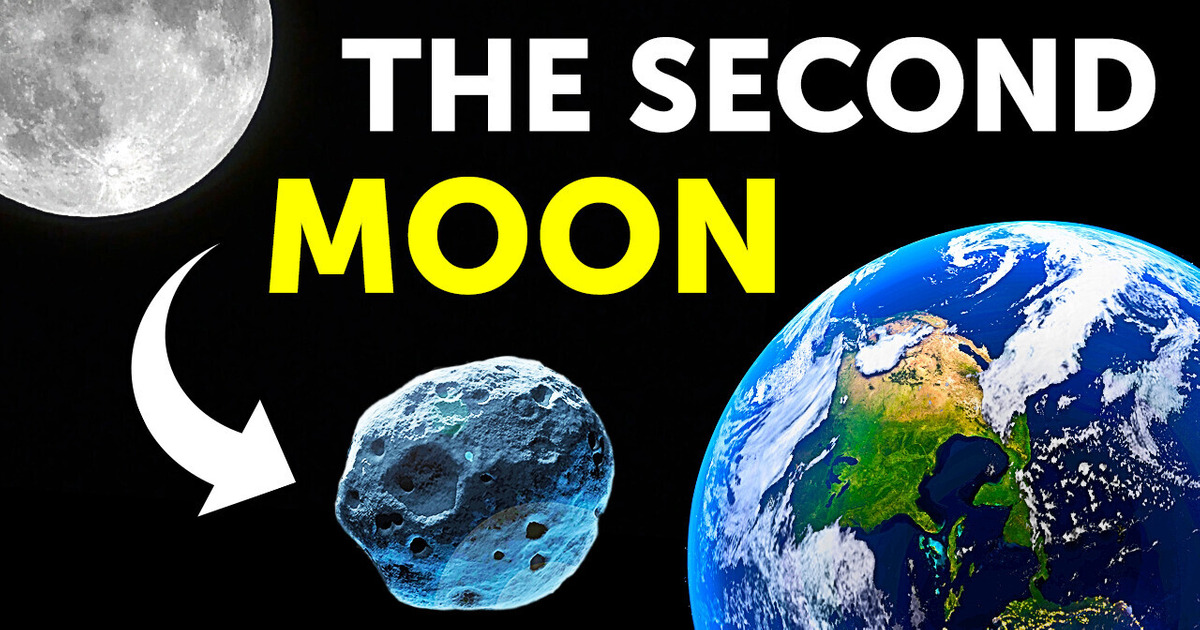
Have you ever wondered why Earth doesn’t have rings? Gas giants Jupiter, Saturn, Uranus, and Neptune have them, but the rocky planets Mercury, Venus, Earth, and Mars don’t. Two theories describe how ring systems potentially developed.
The first one says the rings may have formed from leftovers that date from the time a certain planet was forming. Or, as the second one says, they could be the remains of a moon that was either destroyed in a collision or broken apart by the gravitational pull of its parent planet.
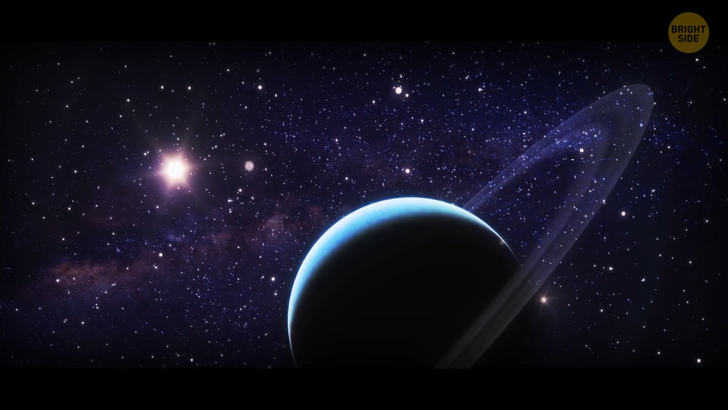
Scientists still don’t know why the gas giants have rings, but they think it could be because they formed in the outer Solar System. Rocky planets formed in the inner area of our Solar System, which is why they were more protected from potential impacts and collisions that might have formed rings around them. Or the reason is that bigger planets have a larger volume which allows a ring system to remain stable.
Some scientists think our planet DID have a ring system a long time ago. In its early stage, a Mars-sized object hit the Earth, and this probably resulted in a dense ring of debris. But its ring system pretty soon coalesced — and that’s the way our Moon was formed. More than 10 years ago [in 2011], astronomers found a huge water vapor cloud about 12 billion light-years away from our planet.
This cloud is the oldest source of water that we know of. It dates back to when the universe was only 1.6 billion years old. Now it’s 13.8 billion years old. This unusual cloud is also the biggest source of water that we know of. It holds 140 trillion times the amount of water the Earth contains in its oceans. Enormous.
The cool thing is this vapor cloud is kinda “feeding” a black hole. It may contain enough gases such as carbon monoxide to help its black hole grow even six times bigger than it is now.
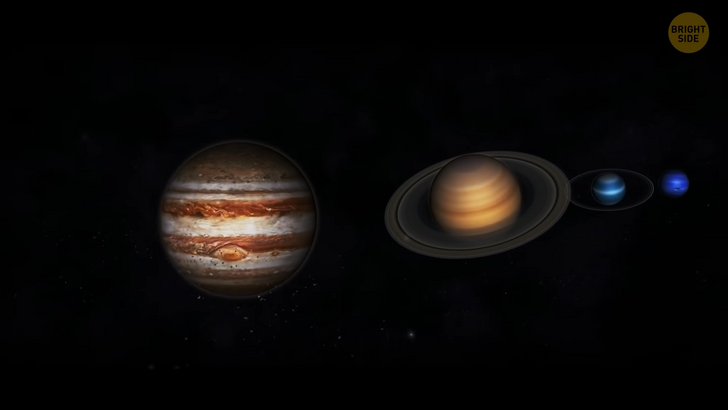
We all know the Earth has one moon. But there are 2 more asteroids 3753 Cruithne, 2002 AA29locked into co-orbital orbits with our planet. The first one doesn’t really circle around the Earth but has some sort of a synchronized orbit with the planet, which is why it looks like it’s following the Earth in a stable orbit, while in reality, it has its own specific path around the sun. The other one [2002 AA29] follows a horseshoe orbit around our planet. Its specific path brings this asteroid closer to us every 95 years.
You’d expect Neptune to be an extremely cold and dark place. After all, it’s an ice giant 2.8 billion miles away from the sun. There’s not too much sunlight there, so noon on Neptune is similar to twilight on our planet. But this ice giant appears to be creating its own heat — to be precise, 2.6 times more heat than it gets from the sun.
This probably has to do with all the pressure near the planet’s core. It builds and releases hydrogen which keeps Neptune’s center at a crazy temperature of 9,300 F. But its atmosphere is still quite chilly. It ranges from about −240 F to −330 F. What shape do you think of when someone mentions storms? Probably long ovals of hurricanes and conical tornadoes. But that’s something we see on Earth.
At Saturn’s North Pole, a storm has been raging for at least the past 40 years. And it has a hexagonal shape. Such a weird shape probably has something to do with Saturn’s turbulent gas, or maybe even with “zonal jets” that extend many miles down into a region of extremely high pressure. Have you ever wondered why planets don’t twinkle while stars do?
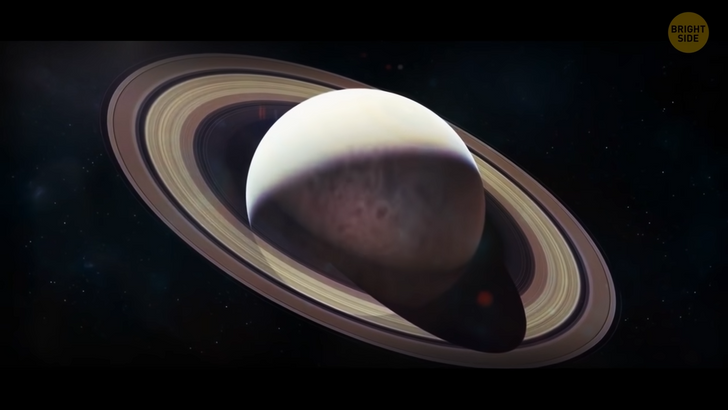
The thing is, if you were out there in space, you wouldn’t see them twinkling at all. The reason we see stars twinkling is because of Earth’s atmosphere. The pin-sized light coming from a star hits the atmosphere. The atmosphere then refracts it, which sends the light skittering off in a zigzag.
That’s what we perceive as the twinkle. Planets appear much bigger to us than just pinpoints. And, yes, their light zigs and zags after hitting the atmosphere too. But those motions cancel each other out, which is why we don’t see twinkling, but only a steady glow.
In some regions, you can expect big changes in temperature. For example, in Montana, where in a single day, temperatures went from −54 F to 45 F. Sounds like a lot, but it’s still nothing compared to Mercury, where temperatures tend to vary over 1,000 F in a single day. They start out at −280 F at night and eventually go up to 800 F during the daytime. Picture a wardrobe you’d need to prepare for a single 24-hour visit to Mercury.
Why doesn’t the atmosphere of our home planet vanish and disappear into the vacuum of space? Even though we can’t see them, the gas and vapor molecules that our atmosphere consists of all have mass. As such, all of these molecules feel the gravitational pull of the Earth — just like we do. They could escape, true, if they had enough energy. For instance, if our planet was closer to the sun, the atmosphere would be hotter and its molecules could get away easier.
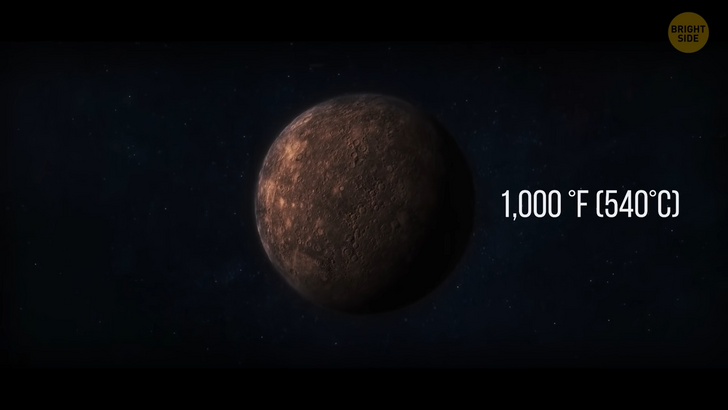
But, the Earth, fortunately, is just at the right distance from the Sun and has exactly enough mass to keep its atmosphere in the same place. When you think of volcanoes, you probably picture hot, molten lava coming out of them. At least, that’s how it works on Earth. In space, volcanoes can spew methane, water, or even ammonia. Up there, a volcano can also spew specific materials that freeze as they erupt. Then they turn into frozen vapor and some sort of “volcanic snow.”
It’s a common thing on Jupiter’s moons Europa and Io, Pluto, and Saturn’s moon Titan. They’re called cryovolcanoes, and Io has extremely active ones. Over there, you’d see hundreds of vents with plumes of frozen vapor that tend to extend about 250 miles — and NASA vehicles have even captured some erupting in real-time! BAM! Planets, moons, asteroids, comets, stars — they can all collide. And galaxies too. Our galaxy, the Milky Way, is 2.5 million light-years away from Andromeda, our closest galactic neighbor.
Astronomers believe the Milky Way is on a collision course that will destroy both galaxies in the distant future. Or at least, galaxies as we know them. The two galaxies are going faster and faster toward each other at a rapid clip: 250,000 mph. It will be chaotic, and many planets and stars won’t survive the collision. Eventually, these two massive entities will merge and turn into a completely new, unrecognizable galaxy. But here’s a small comfort — scientists assume this is not scheduled to happen for another 4 billion years.
In case you want to fuse two pieces of metal together, you already know the only way to do that is to apply heat, so these pieces can reach their melting points. In space, you don’t need heat to do such a thing. Or, basically, any action at all. We call it cold welding, and such a phenomenon happens when you slide the metal pieces over each other. In that case, they wear away their protective oxide layers. On Earth, these layers stop them from fusing, but in space, this type of protection disappears.
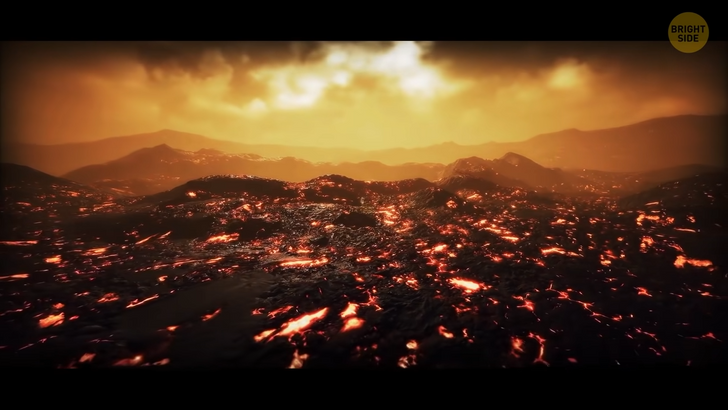
That’s why the electrons from one piece of metal just flow into the other piece. And taa-daa, they’re one without any effort! Scientists used to believe the Earth was the only planet in our Solar System with tectonic activity going on. Tectonically active means plates under the crust are moving. This process releases heat which then deforms the Earth’s surface and leads to its shrinking. But now we know this happens on other planets too.
Mercury is also shrinking, and scientists found it out in 2016 when the MESSENGER spacecraft orbited the planet and sent back some important data. It revealed there were cliff-like landforms known as fault scarps on Mercury’s surface. Since these landforms are relatively small, they probably didn’t form that long ago.
That means Mercury is still contracting, even 4.5 billion years after our Solar System was formed. Jupiter’s Great Red Spot is shrinking as well. It’s a huge storm that rages on the planet’s surface. It’s reddish, a bit oval in shape, and more than 10,000 miles [10,159 miles] wide. Yup, that’s big enough to swallow the Earth.
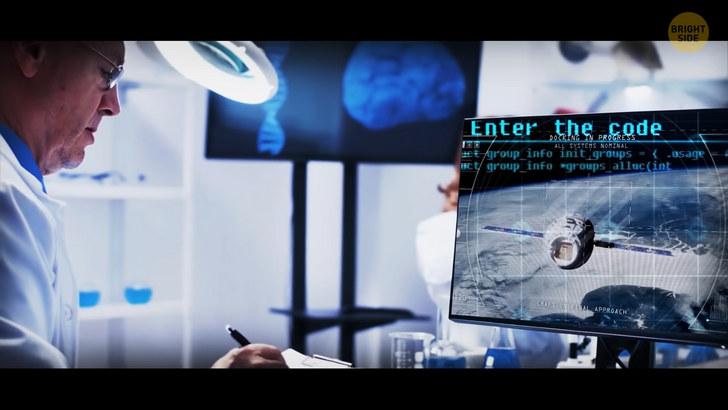
And now it’s been slowly but surely shrinking for a couple of centuries. The Great Red Spot is just one of many high-pressure storms that occur across Jupiter, due to all those gases present there — something that classifies Jupiter as a gas giant.
But just because it’s shrinking doesn’t mean the Great Red Spot is going to blow itself out anytime soon. It’s even growing taller.











